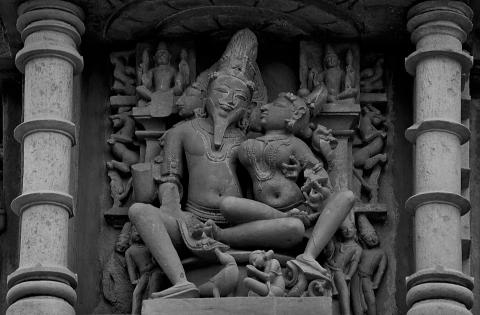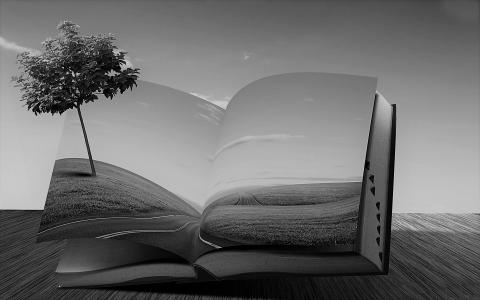
Previously we observed scholarly spats at the level of individuals. What happened when these debates were escalated to royal courts? Let us see.
Rāja-śekhara-sūri’s Prabandha-kośa records an episode of repartee between Hari-hara and Madana, the court-poets of Vīra-dhavala, the emperor of Gujarat:
‘Kavi-rāja’ (the best among poets) was Hari-hara’s honorific title. Wanting to trifle it, Madana said:
हरिहर परिहर गर्वं कविराजगजाङ्कुशोऽस्म्यहं मदन...

Kirīṭa-pati Veṅkaṭācārya (18th–19th cen. CE) was a great scholar of several śāstras and was a champion of Viśiṣṭādvaita philosophy. He lived in Sura-pura, a province in Karnataka. It is said that he wore Viśiṣṭādvaita as a crown and was hence called ‘Kirīṭa-pati.’ Dvaita and Advaita were his sandals, it seems! As he walked through the streets, attendants would fan him from either side. He had named those fans para-mata-khaṇḍana (denouncement of...

Lolla Lakṣmī-dhara (15th–16th cen. CE) was a scholar-poet in the court of Kṛṣṇa-deva-rāya. He is well-known as the author of Lakṣmī-dharā, arguably the best available commentary on Saundarya-laharī. The tenets of Śrī-vidyā are said to be extremely esoteric. They are to be learned through a Guru alone. Lakṣmī-dhara took a bold stand in his work by proclaiming, “I hereby declare myself as the Guru of all honest seekers of present and future!”[1]...

Naiṣadhīya-carita is considered the touchstone of scholarly poetry. Śrī-harṣa (12th cen. CE), its author, takes delight in proclaiming that he composed this work to ward off lesser mortals:
ग्रन्थग्रन्थिरिह क्वचित्क्वचिदपि न्यासि प्रयत्नान्मया
प्राज्ञम्मन्यमना हठेन पठिती मास्मिन् खलः खेलतु।
श्रद्धाराद्धगुरुश्लथीकृतदृढग्रन्थिः समास्वादय-
त्वेतत्काव्यरसोर्मिमज्जनसुखव्यासज्जनं सज्जनः॥[1]
I have wilfully made many parts of this work knotty—no...

Footprints of Scholarly Temerity
In the progress from Kālidāsa to Bāṇa-bhaṭṭa, Sanskrit literature saw a decisive shift in terms of mind-set: what emanated as the seasoned self-confidence of poets transformed into loud self-assertion. While this took the dimension of learned entertainment (vidyā-vinoda) among poets, it assumed the form of rigorous debates (vāda-vaibhava) among scholars. This is the period in which Sanskrit poetry became the...

Cāṭu-kavitva
Cāṭu literally means ‘pleasing,’ ‘entertaining,’ and ‘endearing.’[1] Modern dictionaries explain it as pleasing or graceful words of discourse, flattery; agreeable, sweet or coaxing speech; flattery, especially of a lover to his sweetheart. The root of the word cāṭu (caṭe varṣāvaraṇayoḥ) draws our attention to the swiftness of its appeal and its ability to attract and amaze the hearts of connoisseurs. Cāṭu verses are traditionally...

Introduction
Sanskrit is one of the most sophisticated languages in the world. A rubric of aesthetics that is universal in scope governs its poetry. Sanskrit has also evolved a highly language-specific scheme of analysis comprising poetic conventions, prosodic patterns, and grammatical nuances. Its employment and assessment of figures of sound and sense are unique.
Factors that contribute to poetic content by serving as raw materials are...
